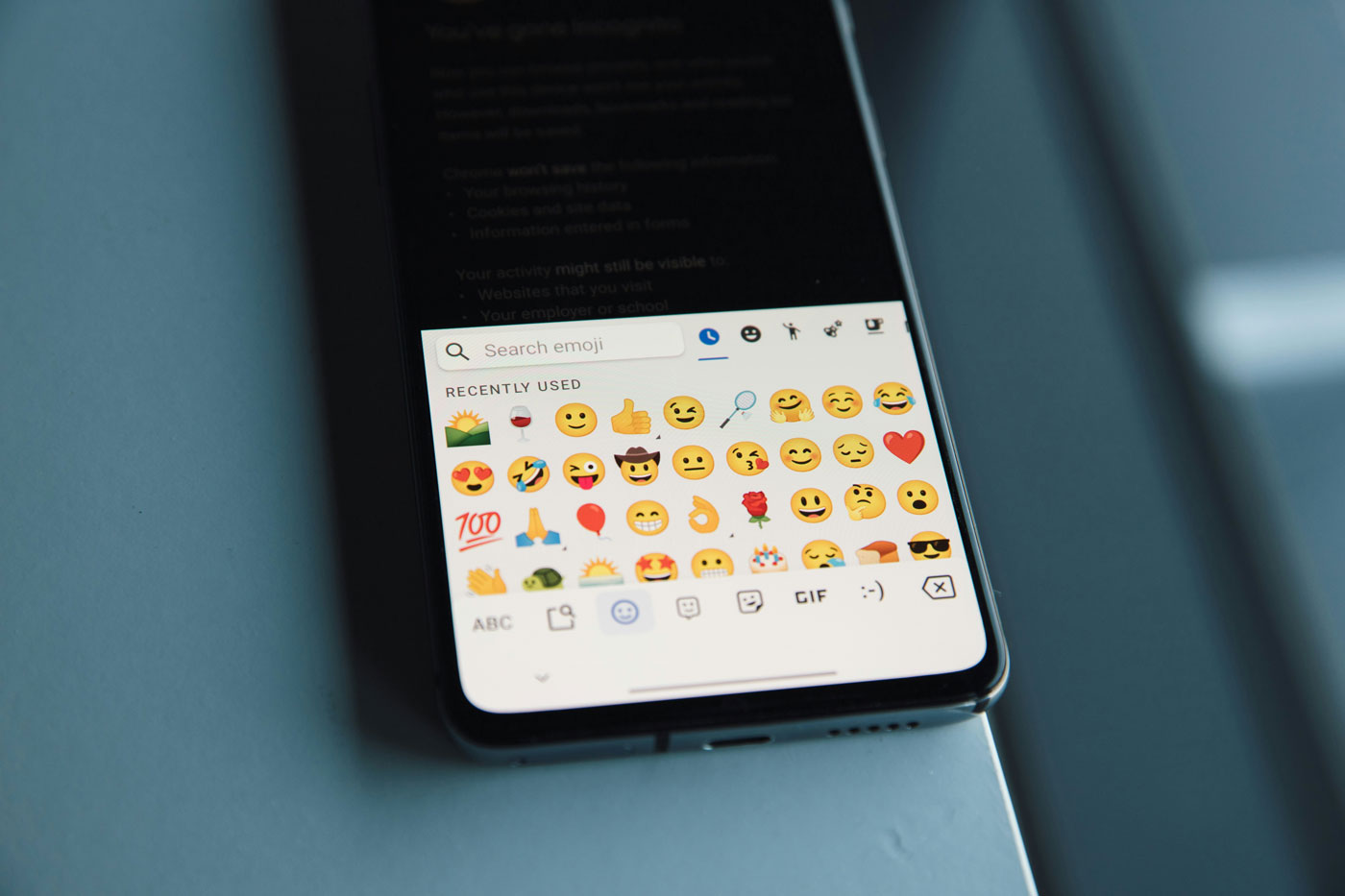Why Tone Matters - Especially for PAs and EAs
Most people have experienced a moment at work, where someone sends a message, they think is friendly, informal, or efficient – and it lands with a dull thud. A thumbs-up emoji in response to a thoughtful update, a one-word abbreviation like “thx” after a long email, or a string of exclamation marks where a simple full-stop would have sufficed. And for Personal Assistants (PAs) and Executive Assistants (EAs), who often operate as the first line of communication between teams, leaders, and clients, these small digital missteps can shape how you’re seen and how far you go.
Workplace communication now plays out as much on screens as it does across meeting tables. Quick-fire messages, emoji reactions and even voice notes have become the backbone of how teams collaborate. But many forget that the tone of a message can shape perception, and either build or erode trust. For PAs and EAs, who often carry the invisible responsibility of managing relationships and setting the tone for others, treading this digital tightrope carefully is crucial.

Redefining Professionalism
The pandemic led to a steep rise in remote work – and with it, the definition of professionalism has been permanently redefined. We saw work attire become more relaxed, meetings take place in kitchens, and shorthand creep into once formal email threads. None of this is inherently negative; in many ways, it reintroduced a much-needed human element to work.
But informality has its limits. And for Personal Assistants (PAs) and Executive Assistants (EAs) who work closely with high-level Executives (often straddling generational and hierarchical divides), navigating those limits with precision is what sets apart the capable from the truly exceptional.
PAs and EAs must now consider digital communication to be a core part of their professional identity. If you’re organising a meeting, coordinating Senior Directors, or managing RSVPs for a high-profile event, the tone you strike in an email or Teams message is vital. In fact, it may matter even more than how you communicate in a board meeting, because written words don’t have body language to soften, clarify, or reinforce intent.

The Generational Balancing Act

It’s impossible to discuss tone without acknowledging generational nuance. The same message can read as efficient to a 28-year-old and abrupt to a 58-year-old. While one team member might expect instant replies with quickfire abbreviations, another may prefer clarity, full sentences, and a sign off.
PAs and EAs are uniquely positioned in this dynamic. They’re often communicating across age groups and teams – and doing so on behalf of someone else. It’s vital to know your audience. It’s crucial to develop a tone that is adaptable, intentional, and consistently clear. It’s knowing that in some contexts, “noted” can sound dismissive, while in others it’s perfectly neutral. It’s recognising that overusing reactions or informal shorthand can come across as too casual or trying too hard.
Younger professionals are increasingly aware that rigid expectations around tone can feel outdated – even hierarchical. But what’s often missed is that tone isn’t about following rules for the sake of tradition; it’s about reading the room, understanding your audience, and communicating with clarity. That’s not conformity, it’s contextual intelligence. And context is the currency of a great PA or EA.
Trying Too Hard (And Still Getting It Wrong)
It’s not only younger employees who miss the mark with tone. The more awkward side of this conversation comes from senior leaders who are trying to adopt a more causal tone that doesn’t quite land. Maybe they’re misusing Slack GIFs or suddenly adding emojis to every sentence. These well-meaning efforts can unintentionally confuse, and, from the perspective of their junior colleagues, cross professional boundaries.
This can create tension within companies: leaders are trying to appear approachable, while younger staff are increasingly seeking a clear separation between how they communicate with friends and how they interact with their boss. And in the middle of it all, PAs and EAs are often responsible for translating tone both up and down the chain. So, being able to set a tone that reads as competent, approachable and natural is one of the most valuable skills a modern PA or EA can possess. It’s a skill that rarely involves copying anyone else’s communication style. It’s about developing your own voice – one that holds authority without sounding robotic, and has warmth without being performative.

The Cost of Getting It Wrong
Setting the Standard
There’s a misconception that tone is reactive – that you mirror what others are doing. But great PAs and EAs often lead the tone of a team without anyone noticing. They write emails that calm tension and choose to clarify when others would respond without a second thought. Over time, people trust them more – not just to manage diaries, but to handle relationships, represent executives, and make decisions.
And in a remote or hybrid workplace, where face-to-face time is limited and impressions are formed through screens, tone has become a form of leadership in its own right.
Signing Off…

